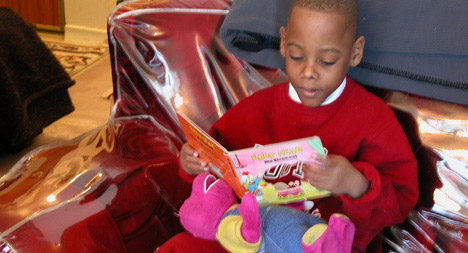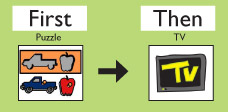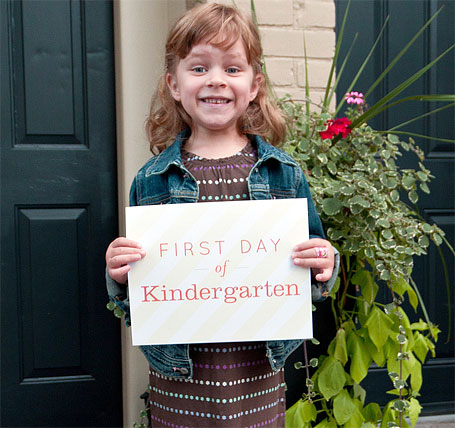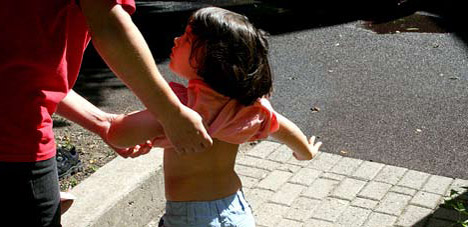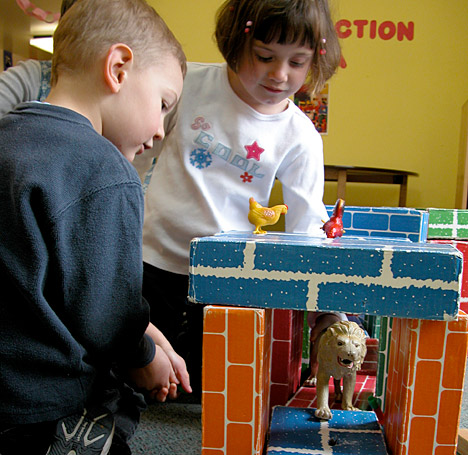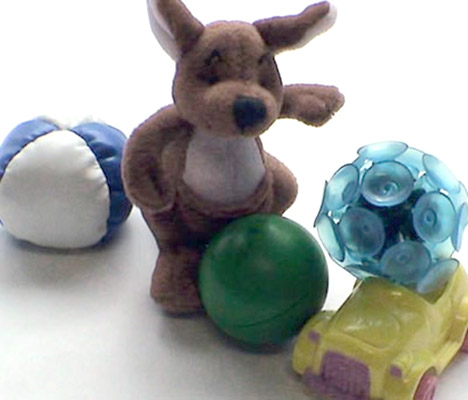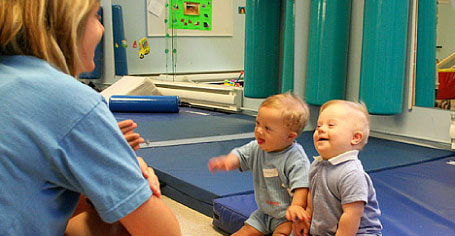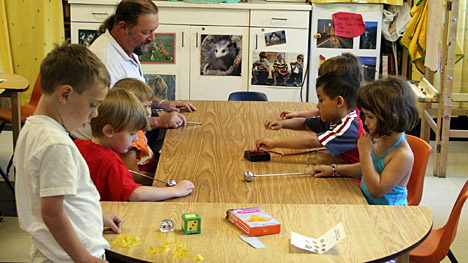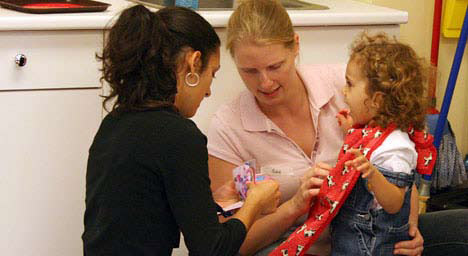
Setting the stage for learning and teaching new skills to help children reach a goal or be more independent in a task may seem challenging, however thinking in small steps and short-term can help.
Let’s take a look at how you can identify skills to teach.
1. Work from where you are, not from where you want to be
It is important to set a goal, or teach a skill that is within your child’s ability. Begin by looking at the child’s existing skills and abilities, or the things that they can already do. This will give you a clearer picture of your child’s strengths, interests and what they can learn next. Remember to look at skills in each of the six developmental areas:
- Cognitive skills focus on thinking, problem-solving, and general knowledge (e.g., naming colours and shapes, completing puzzles).
- Social and emotional skills focus on relating to other people and expressing feelings appropriately (e.g., greeting others, taking turns during play, identifying emotions, such as “happy”, “sad” or “angry”).
- Gross motor skills focus on controlling the body’s larger movements (e.g., sitting, walking, rolling, throwing a ball).
- Fine motor skills focus on hand-eye coordination and controlling movements of the fingers (e.g., stacking blocks, holding a crayon).
- Language and communication skills focus on using spoken language (words or sounds), written, or visual language (e.g., picture symbols) to understand and to be understood by others (e.g., asking for objects, repeating words and rhymes).
- Self-help skills focus on taking care of personal hygiene needs (e.g., washing hands, putting on clothing, eating with a spoon).
2. Consider how culture and identity support learning
Your child’s experiences influence and shape their development. Culturally responsive experiences help to build your child’s confidence in their own identity and help develop a sense of belonging for your child within their community.
3. Choose a single area to focus on
It is important to focus on one skill at a time and keep it simple. Teaching your child several skills at once may be overwhelming. The goal you set should be one that you your child will have the most chance of accomplishing.
4. Break the skill into smaller steps
Every skill or task can be broken down into smaller steps. This process is called Task Analysis. For example, teaching a child to “wash your hands” actually involves a number of steps including turning on the tap, getting soap, scrubbing hands, rinsing hands, and then turning off the tap. Focus on completing one step at a time until they have acquired the skill.
5. Decide how to teach
Consider how often you need to work on this skill, who will be involved, and be sure that everyone is following the same strategies.
We all learn in different ways. Children tend to use their senses (smell, taste, touch, hearing and vision) to explore and learn about their world. Think of ways to teach your child each step. You may need to use real objects, or visuals to help them understand what is expected.
Let’s take the example of teaching a child the letters of the alphabet to see how the different senses can be used.
Vision
- Looking at alphabet posters
- Looking at alphabet books
- Looking for letters in the newspaper or magazines
Hearing
- Listening to the ABC song
- Singing the ABC song
- Listening to and repeating nursery rhymes that mention certain letters
Touch and Movement
- Touching plastic alphabet shapes
- Tracing letters cut from sandpaper with fingers
- Making letters out of clay
Most children will benefit from information that is presented to them in a variety of ways. For example, you may point to the letters while singing the ABC song. This teaches a child what the letters look like and how they sound.
6. Build your child’s confidence
Make sure your child has success with some part of the activity. For example, if your child has difficulty joining in play with other children, model and encourage them to play with one other child first.
7. Motivate and reinforce
Success deserves recognition! Consider your child’s interests when deciding what to use as a reward, or how to give reinforcement. Some children will respond to getting a sticker, high five, or verbal praise.
8. Set short deadlines
Set a time frame for your child to achieve this new skill. Consider how long or how much effort will be required of you and other caregivers to support learning.
9. Keep track
Once you have a plan in place, write it down and keep track of your child’s progress. You will want to see if your child is learning each step or experiencing setbacks. If there are challenges, take a look at the goal to make sure it is realistic. Consider how your child is being supported through the process. Are you allowing extra time to practice the skill? Are the adults consistent with their approach? Perhaps it is too difficult for your child to learn at this time, or they may need to learn other earlier skills to support that goal.
10. Generalize the skill
If possible, try to provide teachable moments in multiple environments with a variety of people. This will provide your child with the understanding that their skills are transferable to other situations. For example, if your child learns to wash their hands at home and can also do this at child care, this is considered a generalization of that skill. To generalize a skill:
- Use similar but different items to teach the same skill (e.g., if you are teaching your child to eat with a spoon, use several different types of spoons and bowls).
- Practice the skill in several different locations (e.g., at home, school, early learning and care program, a friend’s house).
- Practice the skill during different times of the day, if possible.
Remember
Including others in teaching a new skill will help increase the benefit and potential for success if everyone is working towards the same goal. Be sure everyone knows what steps are being taught and how to teach them.
Children’s skills change over time. Progress can be impacted by experiences and changes in a child’s life. Remember to check in on the progress of the goal regularly and see where you are at and see if your child is ready for the next step. All children have their own way of learning. Their learning can best be nurtured when we take time, provide support and engage in thoughtful planning.
References and Web Resources
Ages and Stages. (2018). Developmental Screening Toolkit – Tips & Tools for Early Childhood Programs. Retrieved from https://agesandstages.com/wp-content/uploads/2018/01/Dev-Screening-Toolkit-2018.pdf
Looksee Checklist, ndds., (2018). Looksee Checklist, Retrieved July 17, 2020 from https://lookseechecklist.com/en/

